Last year, Steven Quilley of the University of Waterloo, Ontario, joined us to talk about “Environmentalism at the Margins: Exploring existing possibilities for an alternative modernity”. There’s a lot of fascinating ideas about how society is organised, where the world is headed and where it might go instead. Here’s the video – enjoy!
Understood as a complex adaptive system and through the lens of Holling’s Panarchy heuristic, modern industrial capitalism is a ‘deep basin of attraction’. The global consumer society has proved itself to be a profoundly resilient system – resilient, but nevertheless biophysically limited. As the metabolism of global civilization begins to breach significant thresholds and transgress ‘planetary boundaries’ humanity is approaching social-ecological ‘tipping points’. Experiencing the concatenating effects of collapsing economies, degraded ecosystems, social crisis, political chaos, communal violence and war, failed and failing states are tracing the outlines of an undesirable basin of attraction defined by collapse. The challenge facing humanity amounts to a rather simple wicked dilemma: is it possible to reconcile technological and socio-political modernity (and all the requisite flows of materials, energy and information) with biosphere integrity and sustainable global life support systems. In this paper, we argue that the alternative modernity defined by this wicked problem should be envisaged as a ‘third basin of attraction’ i.e. the often-vaunted political economy of the ‘third way’ construed through the language of systems theory. In this paper, we explore the outlines of such an ‘attractor’ in terms of political economy, technological prerequisites and problems of culture/ontology. We explore some of the prefigurative possibilities evoked by various ‘environmentalisms at the margins’ i.e. counter-cultural lifestyles, intentional communities, disruptive technologies and practices, and alternative social commitments. These are building niches in diverse settings that could begin to contour space for a new kind of modernity, one that could enable socially and technologically complex human societies to thrive without compromising long-term ecological integrity. Specifically, we investigate how community-based health systems, micro-fabrication and Maker culture, and new religious movements at the periphery of the environmental movement may contribute to a developing ‘third basin of attraction’ – an alternative to the primary basin of attraction of consumer capitalism and the all too near second basin of societal collapse.

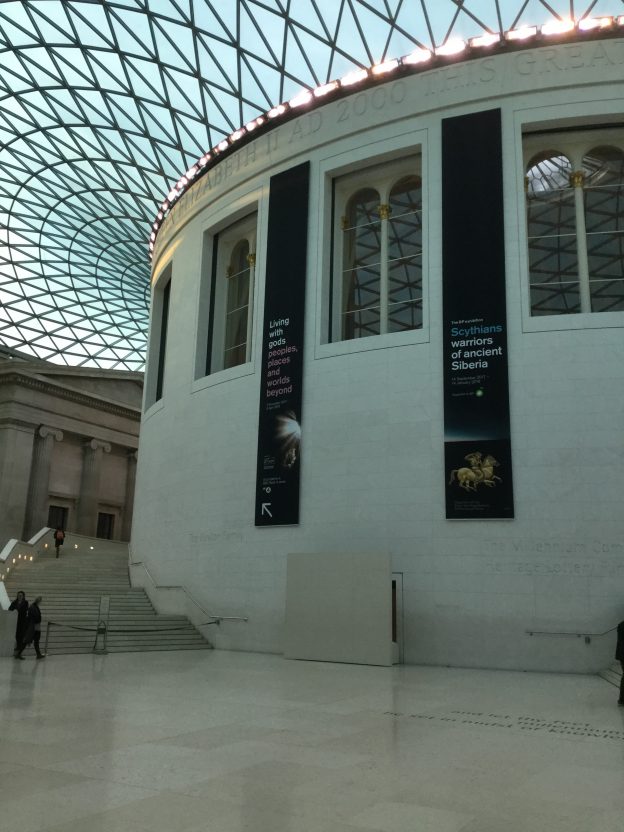
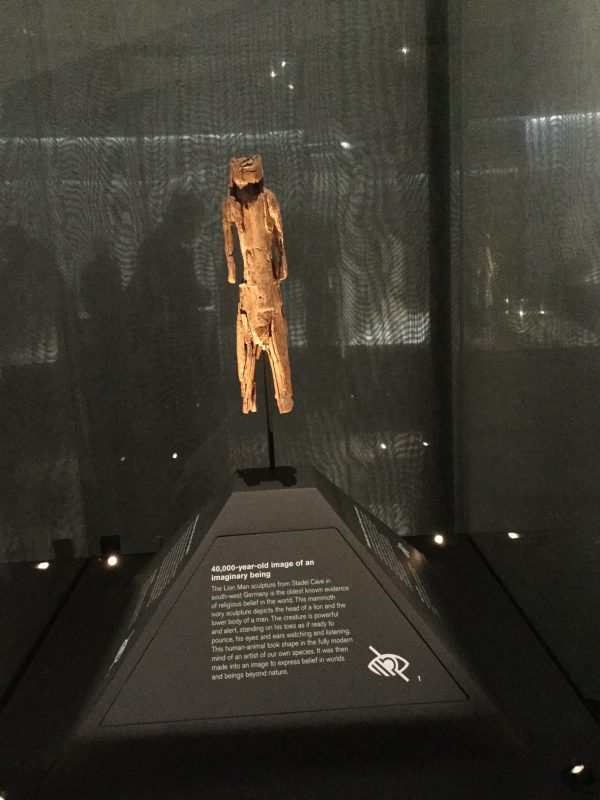
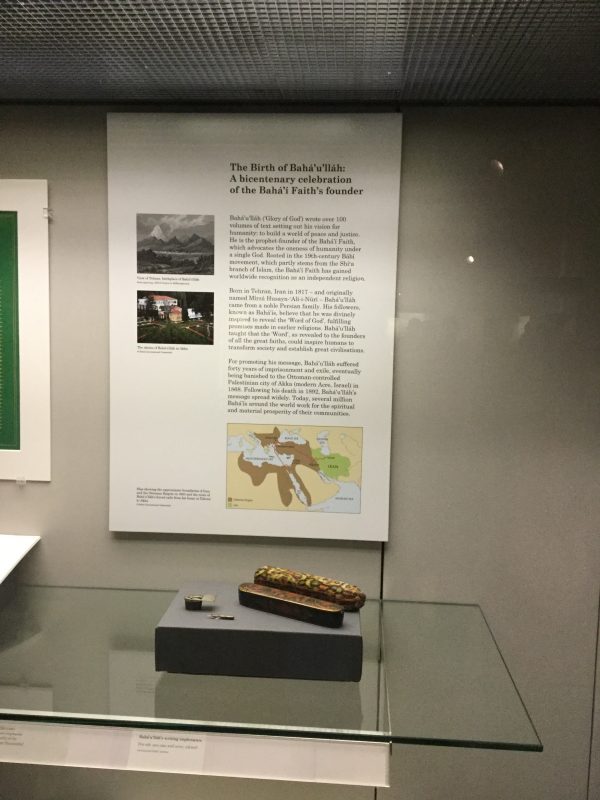


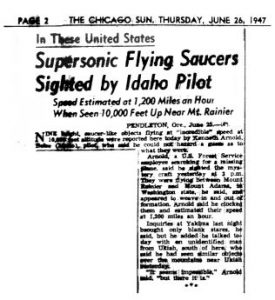 Thus was born the most lasting and influential new mythology of the modern age.
Thus was born the most lasting and influential new mythology of the modern age.
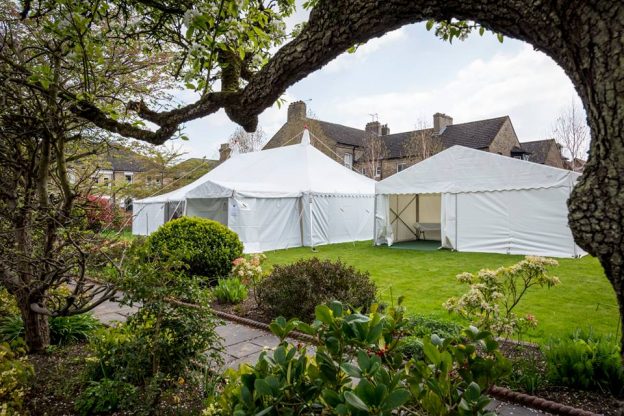
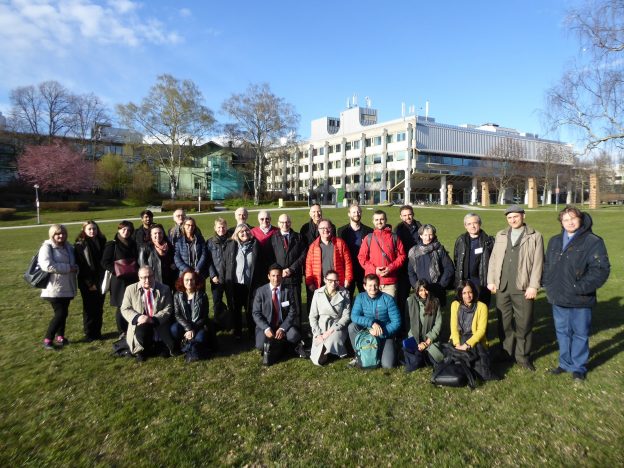
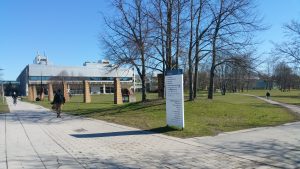

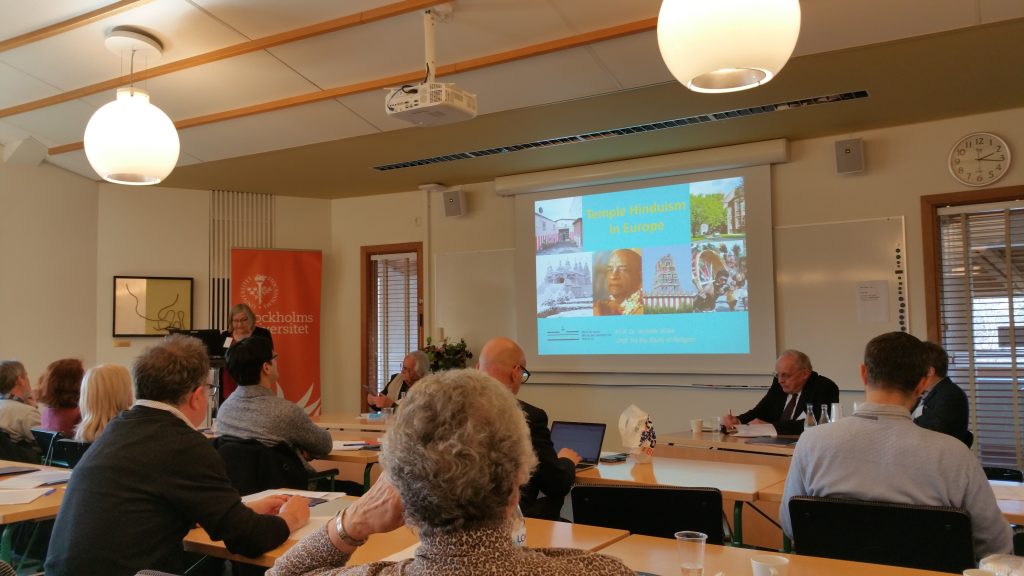 I was asked to contribute on the subject of ‘Yoga in Europe’, which I know mostly from a British context and English-language based research. Therefore, it was refreshing to have input from such a variety of political, cultural and linguistic contexts. Other thematic contributions also enriched my understanding, notably papers elucidating the esoteric and Ayurvedic narratives across Europe.
I was asked to contribute on the subject of ‘Yoga in Europe’, which I know mostly from a British context and English-language based research. Therefore, it was refreshing to have input from such a variety of political, cultural and linguistic contexts. Other thematic contributions also enriched my understanding, notably papers elucidating the esoteric and Ayurvedic narratives across Europe.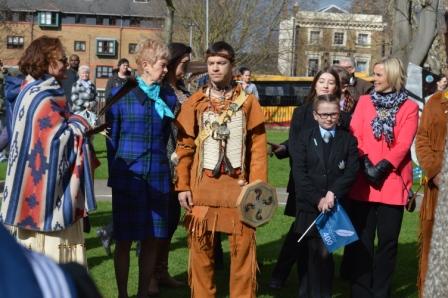

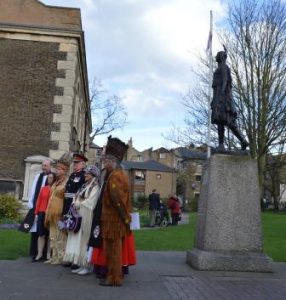

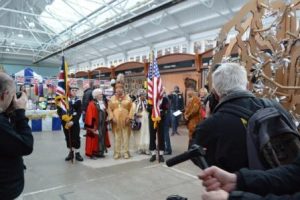
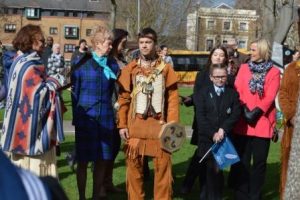
 We are looking forward to welcoming Dr. Stephen Quilley of the University of Waterloo, Ontario, to the Open University on April 19th. He will be presenting a paper entitled “Environmentalism at the Margins: Exploring existing possibilities for an alternative modernity” in room MR05, Walton Hall, Milton Keynes, from 14:00-16:00 (abstract below). Please join us if you can for what is sure to be a lively and stimulating talk – and if you can’t be there in person, we’ll be streaming the presentation on our Facebook page. More details here –
We are looking forward to welcoming Dr. Stephen Quilley of the University of Waterloo, Ontario, to the Open University on April 19th. He will be presenting a paper entitled “Environmentalism at the Margins: Exploring existing possibilities for an alternative modernity” in room MR05, Walton Hall, Milton Keynes, from 14:00-16:00 (abstract below). Please join us if you can for what is sure to be a lively and stimulating talk – and if you can’t be there in person, we’ll be streaming the presentation on our Facebook page. More details here –